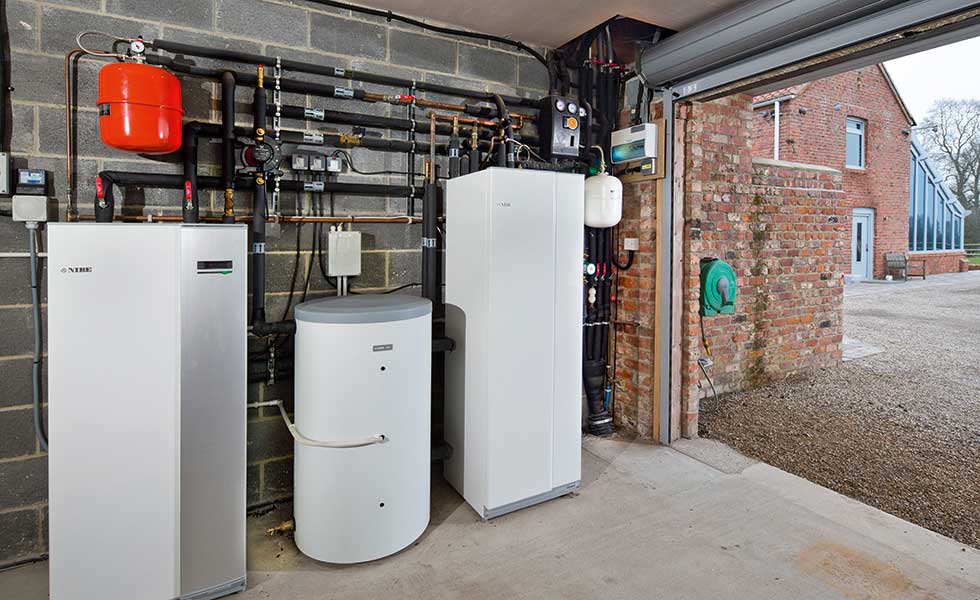Introduction
Ground source heating systems, also known as geothermal heat pumps, are an excellent way to provide reliable, efficient, and sustainable heating and cooling for your home. These systems use the consistent temperatures below the earth’s surface to heat and cool buildings. This article will delve into the process of installing a ground source heating system, from planning to final commissioning.
Understanding Ground Source Heating Systems
Ground source heating systems work by circulating a fluid through pipes buried in the ground. As the fluid travels through the pipes, it absorbs the heat from the ground and carries it back to the heat pump in the building. The heat pump then uses this heat to warm the building.
Benefits of Ground Source Heating Systems
- Energy Efficiency: Ground source heating systems can be up to four times more efficient than traditional HVAC systems.
- Low Maintenance: Once installed, these systems require minimal maintenance.
- Longevity: The lifespan of a ground source heating system can exceed 20 years, making it a worthwhile long-term investment.
Planning Your Ground Source Heating Installation
Before installing a ground source heating system, it’s essential to carry out a detailed site survey. This will establish the size and type of system needed, the depth and length of the ground loops, and any potential challenges that might arise during installation.
Considerations During Planning
- Property Size and Insulation: The size and insulation of your property will determine the capacity of the system you’ll need.
- Soil Conditions: The type of soil and its thermal conductivity will affect the efficiency of the heat transfer.
- Space Availability: You’ll need sufficient land for the ground loops, and space within the property for the indoor components.
The Installation Process
The installation process of a ground source heating system involves several steps:
- Excavation: After the site survey, the first step is to excavate the area where the ground loops will be installed.
- Installing the Ground Loops: The loops are then laid in the trenches and backfilled with soil.
- Connecting the Loops to the Heat Pump: The loops are connected to the heat pump, which is usually located inside the property.
- Testing the System: The system is then filled with fluid and tested to ensure it’s working correctly.
Post-Installation Maintenance
Once installed, a ground source heating system requires minimal maintenance. However, it’s advisable to have routine inspections and service to ensure the system is operating at optimal efficiency.
Conclusion
A ground source heating system can provide an efficient and sustainable solution for heating and cooling your home. While the installation process requires careful planning and expertise, the long-term benefits in terms of energy savings and environmental sustainability make it a worthy investment.

